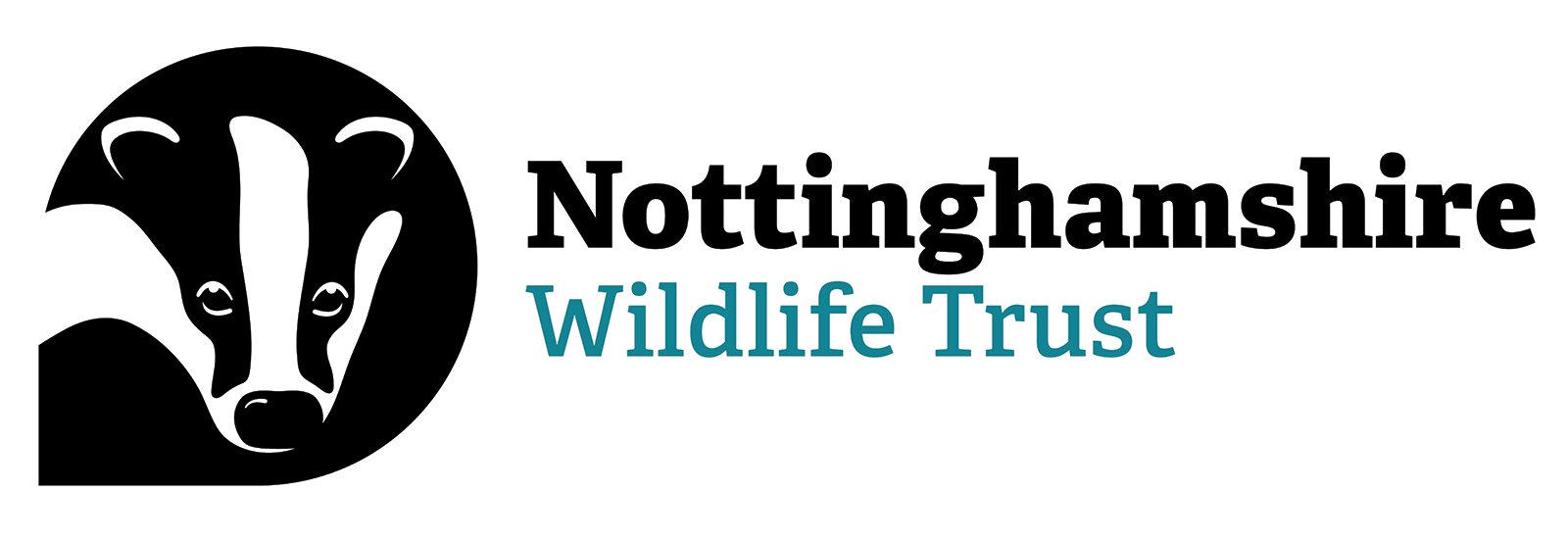Through its Water Vole Recovery project – funded through Natural England’s Species Recovery Programme & supported by Severn Trent - the Trust has been taking concerted action to reduce mink numbers in the River Erewash and River Idle catchments as well as on watercourses in the Sherwood Forest area. Natural England’s Species Recovery Programme delivers targeted action for threatened species with bespoke needs.
Over the summer we have been heartened by observations by members of the team, partner landowners and volunteers suggesting that the action, designed to support the recovery of water voles, may also be supporting a number of water birds including great crested grebes and moorhens.
Great crested grebes have long been one of the most popular bird species at Attenborough Nature Reserve – with visitors looking forward to witnessing their iconic mating ‘weed dance’ where the male and female birds engage in synchronised displays of preening and headshaking whilst presenting strands of water weed to each other – but in recent years the numbers of chicks fledging is thought to have been impacted by predation by non-native mink. Once persecuted for their feathers and reduced to just 32 known pairs in England – the UK population has been stable since the mid 1990’s.



